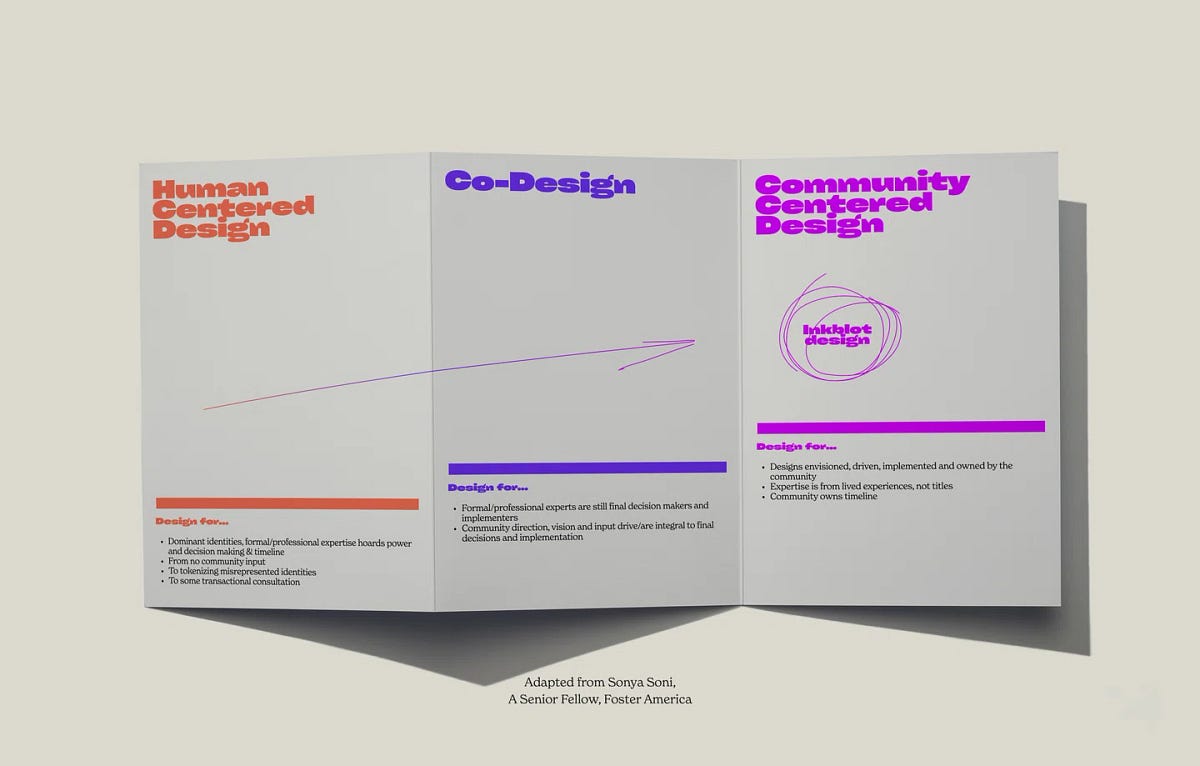
"To sell something surprising, you must make it familiar. And to sell something familiar, you must make it surprising."
"Accessibility is not just about ramps and alt text; it's about rethinking systems, normalizing inclusion, and making technology work for everyone and not just the majority."
"In the digital world, accessibility is not just about ethics; it's also about experience, equity, and expression."
"A world where everyone can participate equally, regardless of ability, isn't a luxury. It's what progress should look like."
Over 1 billion people live with disabilities, facing exclusion in a digital world designed primarily for the majority. Accessibility involves more than physical structures like ramps; it requires reimagining systems to ensure everyone can engage effectively. Designing technology should embrace accessibility as a core principle, addressing not only ethical considerations but also enhancing the user experience for diverse abilities. Inclusion ensures that every individual, regardless of ability, can access and participate in various aspects of life, marking a fundamental aspect of societal progress.
Read at Medium
Unable to calculate read time
Collection
[
|
...
]